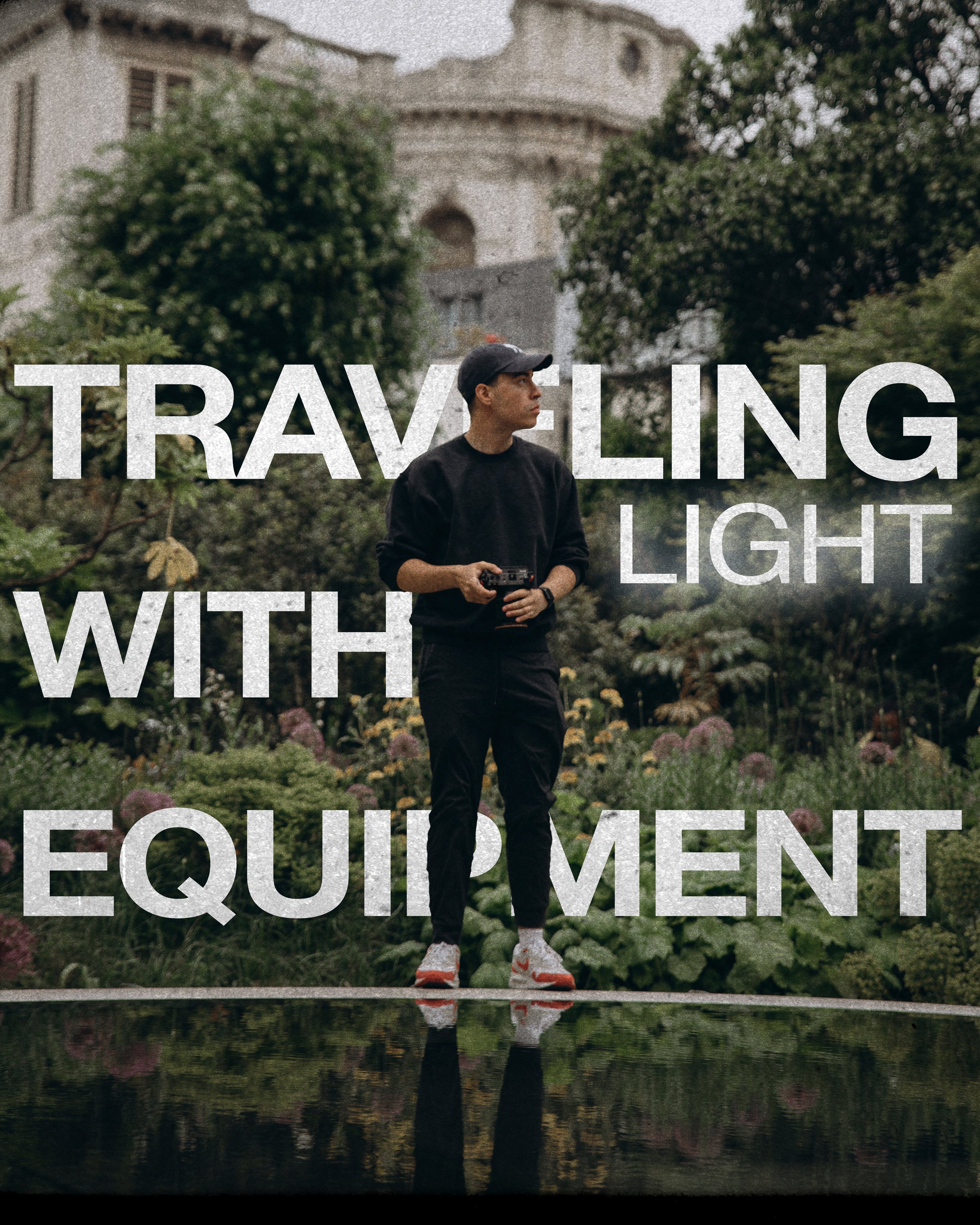Master Lightweight Travel Videography

Traveling light with video equipment can be a challenge, so l want to share some tips:
Prioritize Essential Gear: Identify what is truly necessary for your video project. This includes your camera, one or two versatile lenses (like a zoom lens and a prime lens), minimal lighting equipment, and a travel-friendly tripod, monopod.
2. Consider Mirrorless Cameras: Mirrorless cameras are typically lighter and smaller than DSLR cameras but still deliver high-quality footage.
3. Utilize Smartphone Capabilities: Use your smartphone for some of your filming. Modern smartphones have impressive video capabilities and can be used as a second camera for different angles or b-roll footage.
4. Choose Compact Audio Equipment: Consider portable audio recorders or small clip-on lav mics for recording sound.
5. Use Multipurpose Tools: Items that serve more than one purpose can save you space.
6. Plan for Power: Look for lightweight solutions, like USB-A chargers, and consider bringing portable power banks, as well as the correct plug for the country you're visiting, in this case I purchased this PowerStrip01 from "FOVAL" (Amazon).
7. Protect Your Gear: Use a camera bag that is both protective and lightweight. Consider airtags for the bag and your equipment.
8. Leverage Post-Production: Don't carry extra equipment for effects you can achieve in post-production. For example, many filters or special effects can be added later.
9. Rent Locally: Depending on where you're traveling, it might be possible to rent heavy or bulky equipment locally rather than lugging it with you.
10. Stay Organized: Keep your gear organized. Know where everything is in your bag to avoid carrying duplicate items and to access your equipment easily when you need it. When staying somewhere, keep your stuff as close to your luggage as you can; it is easier to remember exactly where things are.
Each project may have unique needs, the key is to be selective about what you bring, use multipurpose equipment when possible, and protect the gear you decide to take with you.
Kevin Matos, with over six years of experience in freelance filmmaking and photography. A friendly, skilled creative who works closely with local corporations, small businesses, and individuals. motivating the team at Zima Blue Pictures to produce engaging visual stories for businesses and artists.













